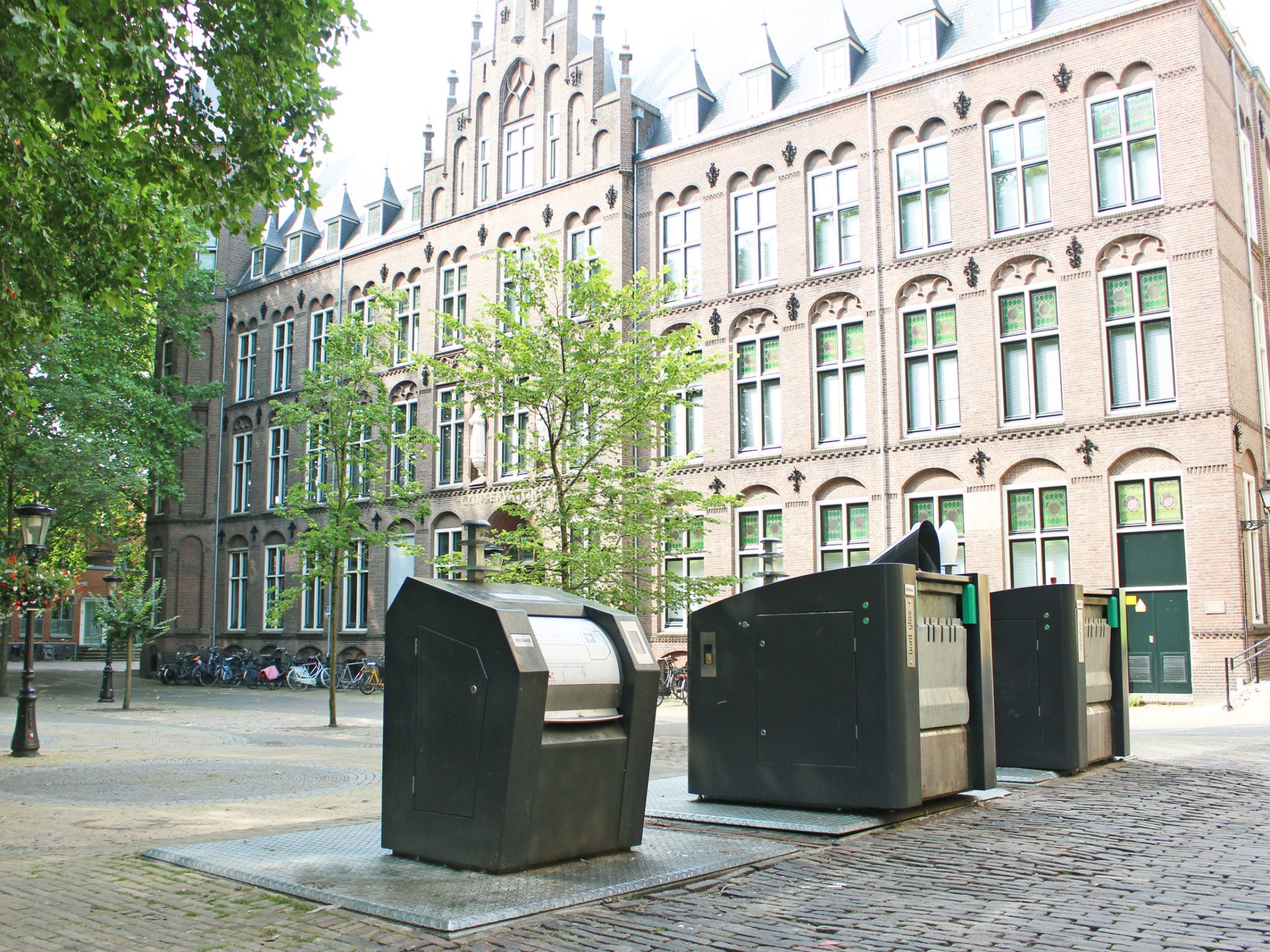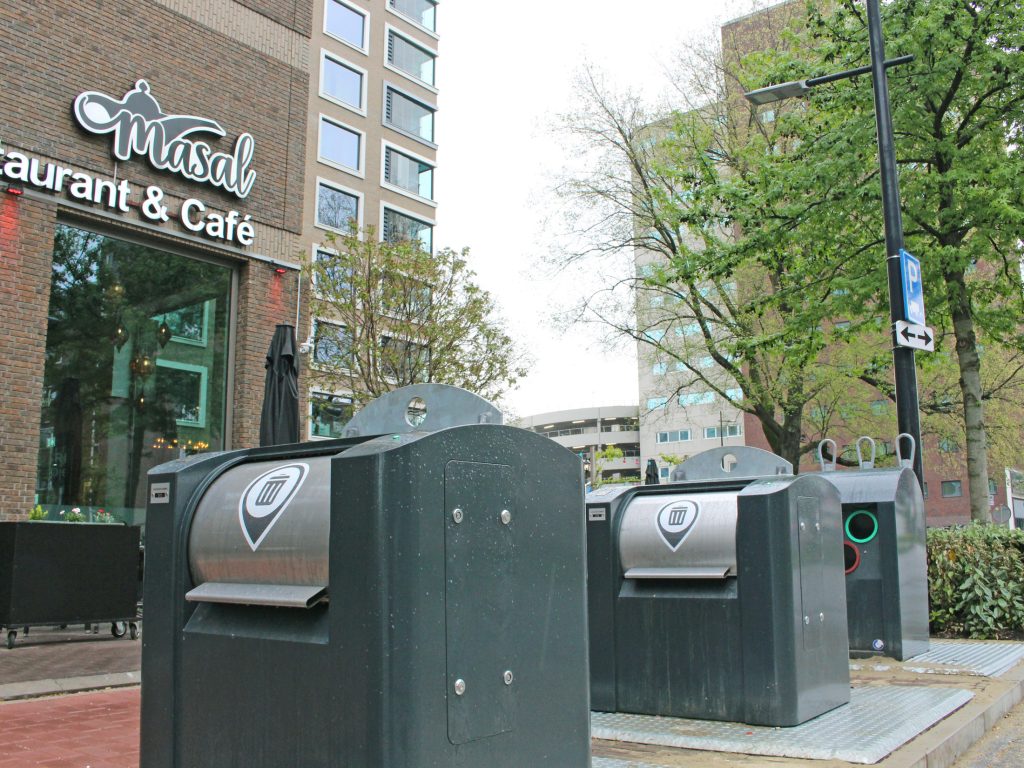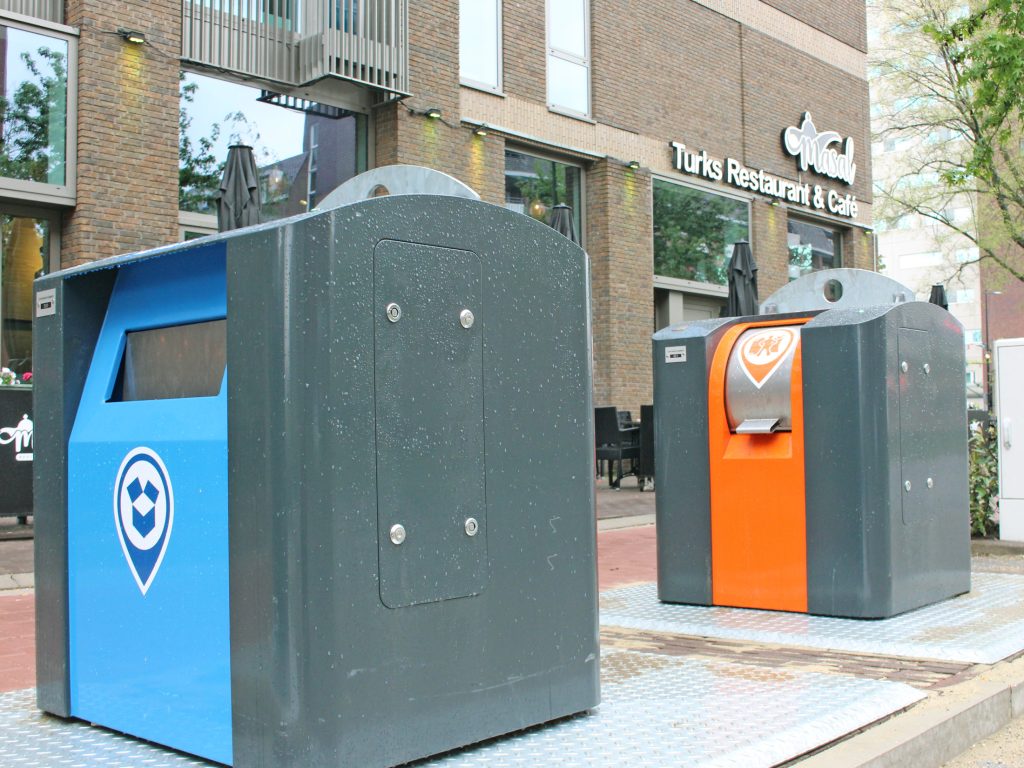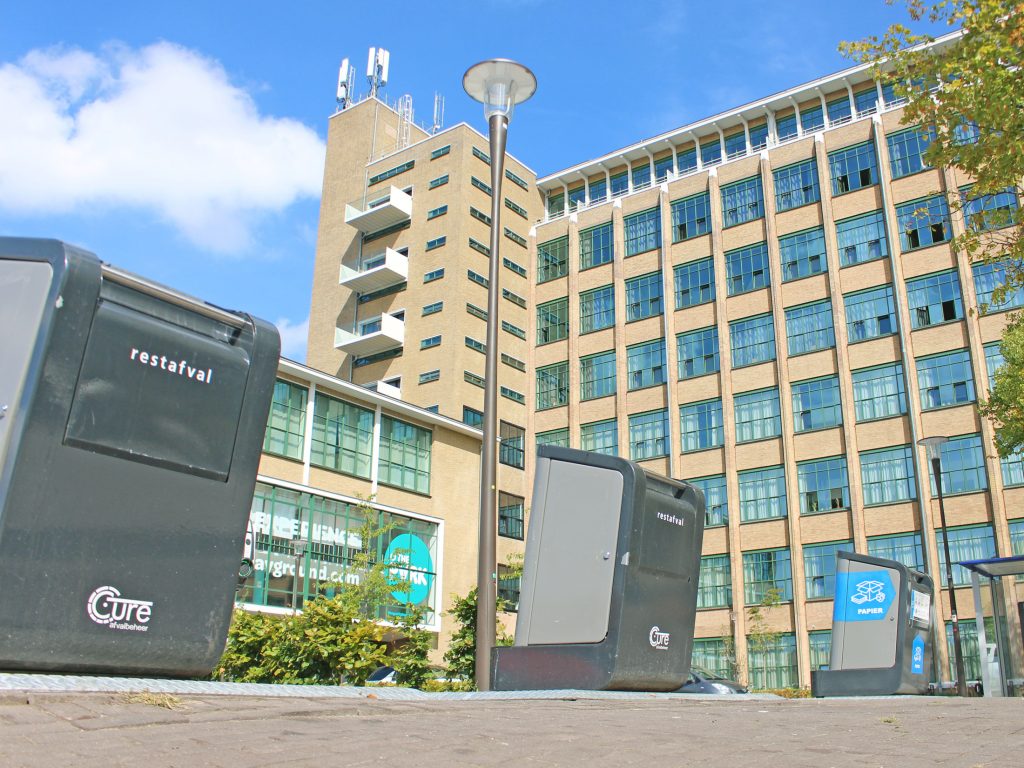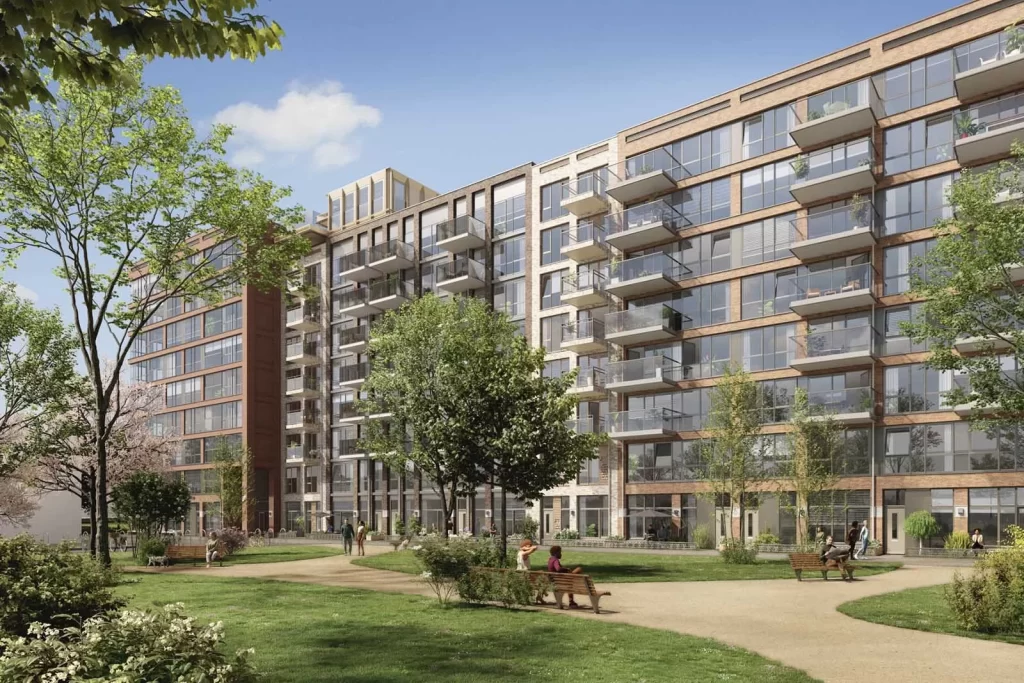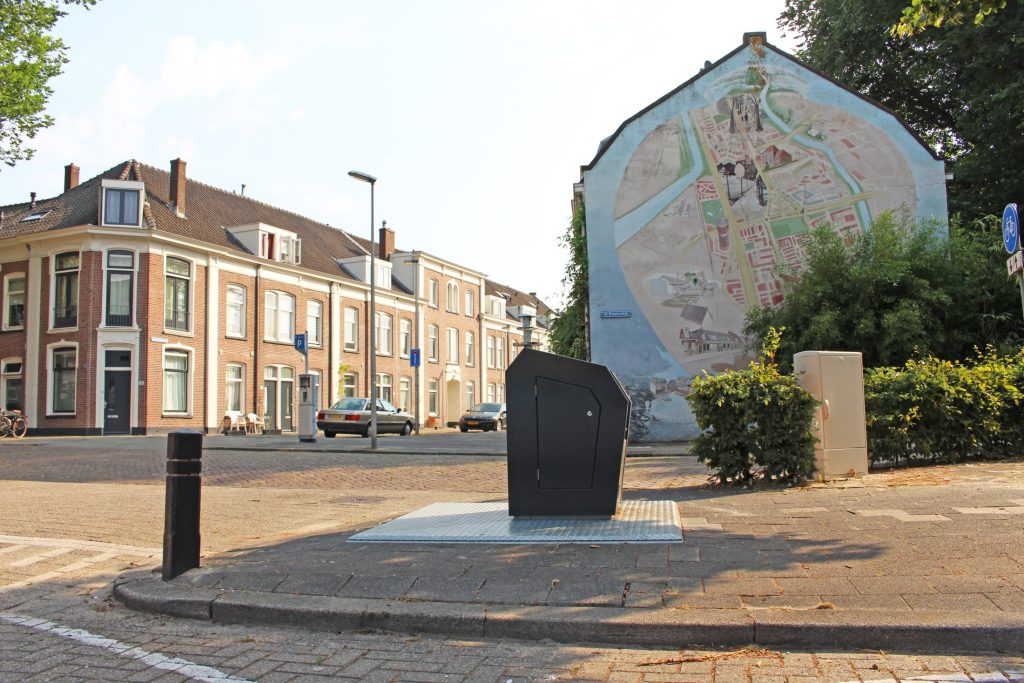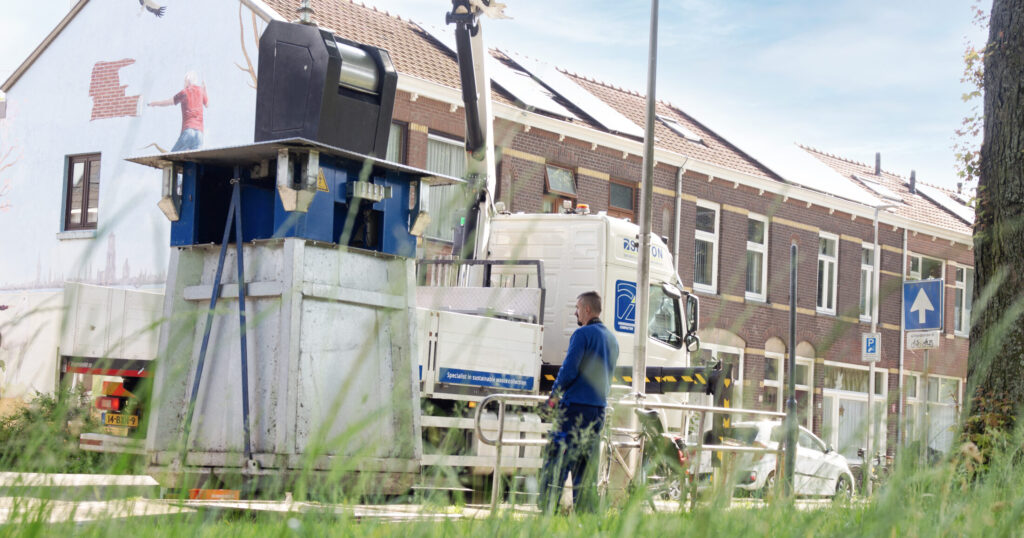In comparison to a standard underground container, the Sidcon underground compactor requires a slightly higher level of investment, but under the right circumstances this can be recouped very quickly. That means usually within just a few years. Three standard underground containers, for example, have higher acquisition costs and a lower capacity than a single underground compactor. The cost savings are likewise higher because of the less frequent collections.
Cheaper than 3 regular underground containers
It’s difficult to say exactly what an underground compactor costs. When making a comparison, the full costs have to be taken into account. That means the concrete well, the excavation work and the power connection too. Detailed costings with all variables are available from Sidcon. The accompanying overview illustrates clearly that 1 underground compactor is more cost-efficient than 3 standard containers. In addition to the cost benefits, more capacity and less space are required.
